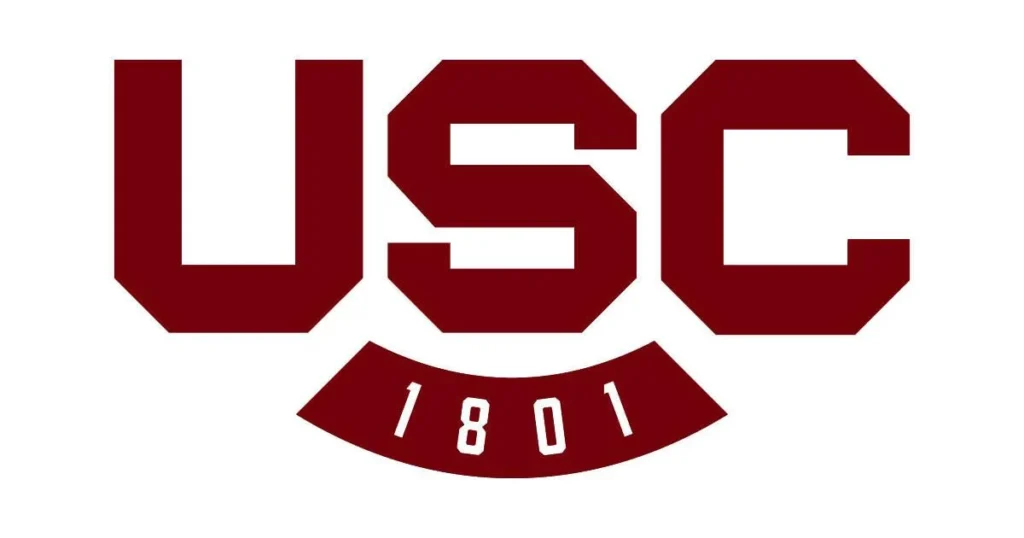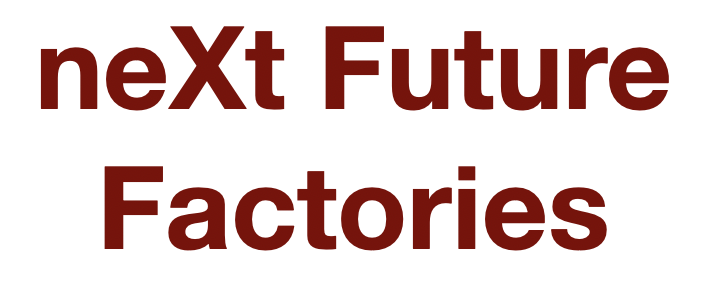Authors
Yicha Zhang, Alain Bernard, Ramy Harik, Georges Fadel
Journal
apid Prototyping Journal, 24(5), 840-854.
Abstract
Purpose
This paper aims to introduce a new nesting scheme to better describe and solve the single-layer-part packing problem in additive manufacturing (AM).
Design/methodology/approach
Parallel nesting scheme using two-dimensional (2D) changeable projection profiles is developed. At first, a feature-based orientation optimization method is used to identify a set of practical alternative build orientations for each part to ensure the part quality. Then, 2D polygons are used to represent each part’s projection profiles under its alternative build orientations. Finally, a parallel layout searching algorithm is developed to identify the optimal part layout by using 2D changeable projection profiles.
Findings
The proposed nesting scheme can both guarantee the production quality for each part and search the optimal part layout with larger probability but less computational time.
Originality/value
With the use of changeable 2D projection profiles, this method conducts 2D computation to solve the single-layer-part packing problem with five degrees of freedom, which saves much computation cost and, at the same time, guarantees the production quality of each part. By adding specific nesting objectives or constraints and heuristic searching knowledge to the proposed nesting scheme, practical nesting software can be developed to meet the specific nesting or packing requirements for industrial AM machines.
Keywords
process planning, additive manufacturing, multi-parts production, parallel nesting, work space planning
Citation
Yicha Zhang, Alain Bernard, Ramy Harik, & Georges Fadel. (July 2018). A New Method for Single-Layer-Part Nesting in Additive Manufacturing. Rapid Prototyping Journal, 24(5), 840-854. doi:https://doi.org/10.1108/RPJ-01-2017-0008.
Link: https://www.emerald.com/insight/content/doi/10.1108/RPJ-01-2017-0008/full/html


